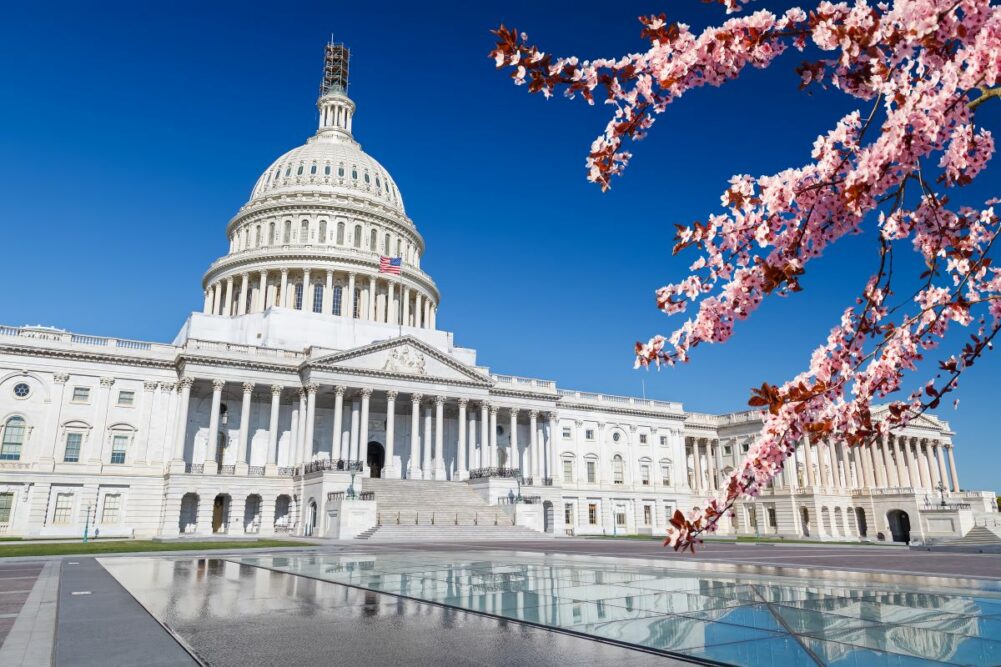KANSAS CITY — In late February, Vladimir Putin invaded Ukraine, put his nuclear forces on “high alert” and threatened any who would interfere with unprecedented consequences. While raising tensions to a post-World War II high, the results may not have been what Putin anticipated: a stubborn resistance from Ukrainian fighters, a reinvigorated NATO, widespread and deep economic sanctions, a collapsing ruble and talk of war crimes.
The ground shifted dramatically in Washington as well. A budget for the remainder of fiscal year 2022 was approved on a bipartisan basis. Inflation became domestic policy priority No. 1, and enhancing national security and energy independence nudged fighting climate change aside as the new foreign policy priorities. A fundamental geopolitical shift appears to have occurred, with Russia and China drawing closer together while the “free world” democracies rekindle ties that had weakened under President Donald Trump.
There already have been far-reaching consequences. Over 400 US-based companies have suspended their Russian businesses. While Russian oil and gas continue to flow, Western Europe is starting a move away from dependence on them. Sanctions could cut Russian oil exports in half from their pre-war level of 4.5 million to 5 million barrels per day. The United States is trying to offset some of that loss by re-establishing better relations with Saudi Arabia, the United Arab Emirates, Venezuela and Iran to attract some of their 3-million-barrels-per-day excess capacity back into world markets.
President Joe Biden and Xi Jinping, president of China, spoke for two hours about the Ukraine situation and America’s desire that China not provide assistance to Russia. If China proves reluctant to move away from its new Russian ally, US-China relations will move even further from competition toward confrontation.
There also are immediate consequences for farmers and food consumers. Commodity prices, including energy and fertilizer costs, have spiked. Russia and Ukraine account for roughly a quarter of world wheat exports, comparable to the United States and Canada combined. Ukraine also normally accounts for about one-seventh of global corn exports and more than half of sunflower trade, with the UN Comtrade estimating that prevented plantings or harvests in Ukraine could reach 30%. And the EU gets one-third of its fertilizers from Russia, while Belarus — a key Russian ally — is a major global source of potash. Higher and less stable prices seem a certainty.
In these circumstances, many potential knock-on effects seem possible. The last such price spike for wheat occurred in 2011-12 and was a major cause of Arab Spring uprisings. Hunger, malnutrition or famine could produce serious political instability, especially in the Mideast and Africa. An outbreak of export controls is possible; already Hungary has moved in this direction.
Spain’s Agriculture minister has asked the EU to loosen restrictions on insecticide residues and GMOs, according to The Financial Times, to open up feed imports from the United States and South America. The EU also is likely to ease its planting restraints and increase farmer subsidies to offset higher costs.
Russia’s aggression is prompting increased defense spending. Germany has promised to raise its defense budget above NATO’s guideline of 2% of gross domestic product. The just-passed US budget includes added defense expenditures. There is a new awakening to the dangers autocrats pose to global peace, which has strengthened many democracies internally and collaboration among them externally. Indeed, the world seems to be shifting toward two opposing blocs — a Russia/China axis and a “Western” world, including Japan, South Korea and Australia. This promises heightened tensions and further moves both sides toward more autarchic economic policies.
All of this is adding to inflationary pressures that already were building in the United States.
Year-on-year inflation reached 7.9% through February, and rising food and energy prices will hit consumer pocketbooks hard in the coming months. This pressure will test the degree of American voter support for the tough posture the Biden administration has taken toward Putin’s invasion. It is likely to shift political sentiment toward the middle, including a reappraisal of the role of fossil fuels in sustaining Western economies and livelihoods. And it will surely influence political posturing and debate as the country moves toward mid-term elections in November.
Necessarily, there will be a new set of policy priorities. The largest domestic issues will center on inflation and energy independence. In the case of inflation, will rising costs — like a 5.5% increase in rents over the past six months — fuel higher wage demands? So far, long-term inflation expectations have been modest, but a wage-price spiral could develop that would undermine both growth and price stability. It would certainly complicate the Federal Reserve’s task of bringing inflation under control without triggering a recession. Fiscal stimulus from federal spending also may be reined in.
The Biden administration may also face a rethinking of its energy and climate-change policies.
It is clear that we have moved into a different, more hazardous world, with much to worry about.






